- About us
- Support the Gallery
- Venue hire
- Publications
- Research library
- Organisation chart
- Employment
- Contact us
- Make a booking
- Onsite programs
- Online programs
- School visit information
- Learning resources
- Little Darlings
- Professional learning
Famous to notorious, remarkable to glorious. Check out some of the people and artists who have shaped our national identity. Discover who’s included in the collection (so far!) using the search tool below or by browsing the highlights, topical works or those on display.
The Gallery’s Acknowledgement of Country, and information on culturally sensitive and restricted content and the use of historic language in the collection can be found here.
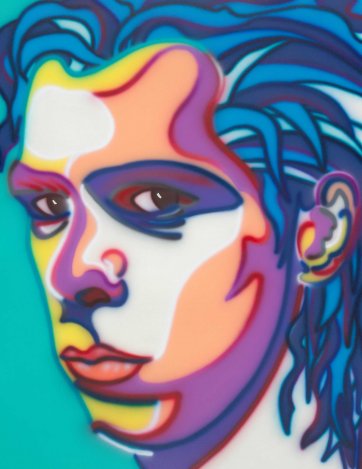
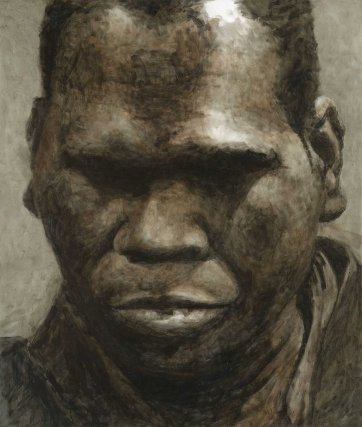
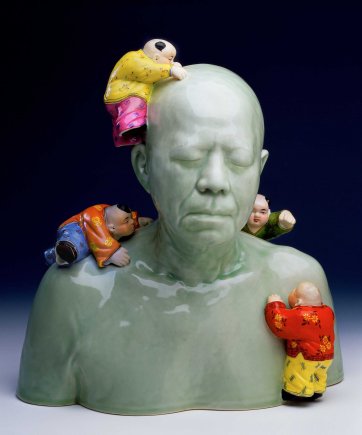
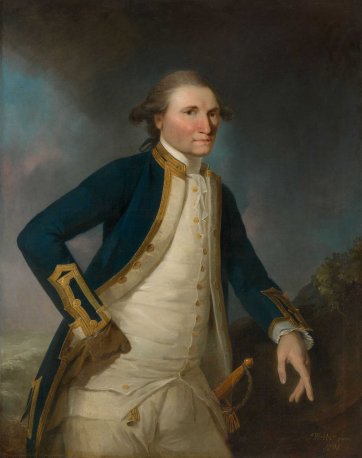
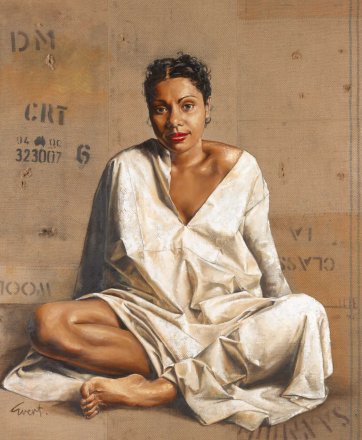
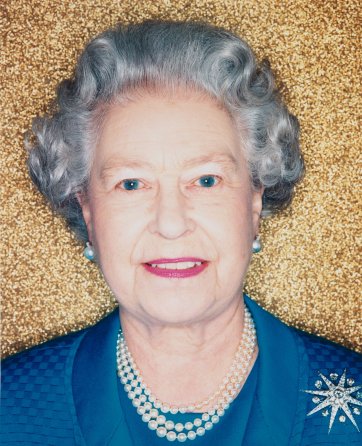
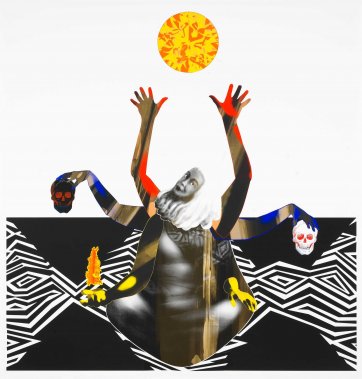
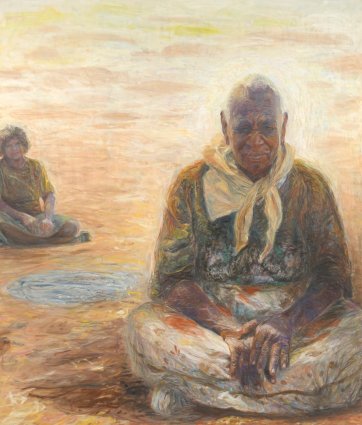
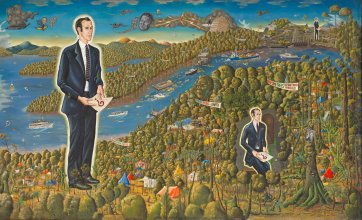
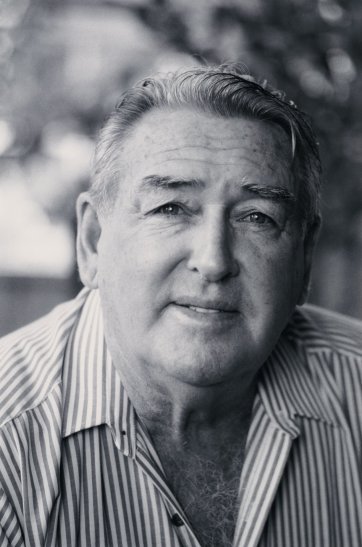
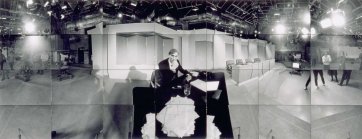
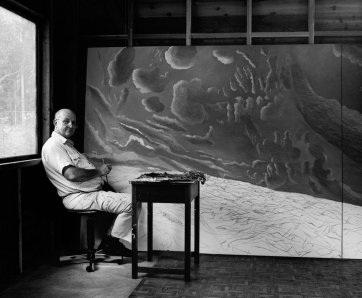



Visit us, learn with us, support us or work with us! Here’s a range of information about planning your visit, our history and more!



We depend on your support to keep creating our programs, exhibitions, publications and building the amazing portrait collection!



Information on location, accessibility and amenities.